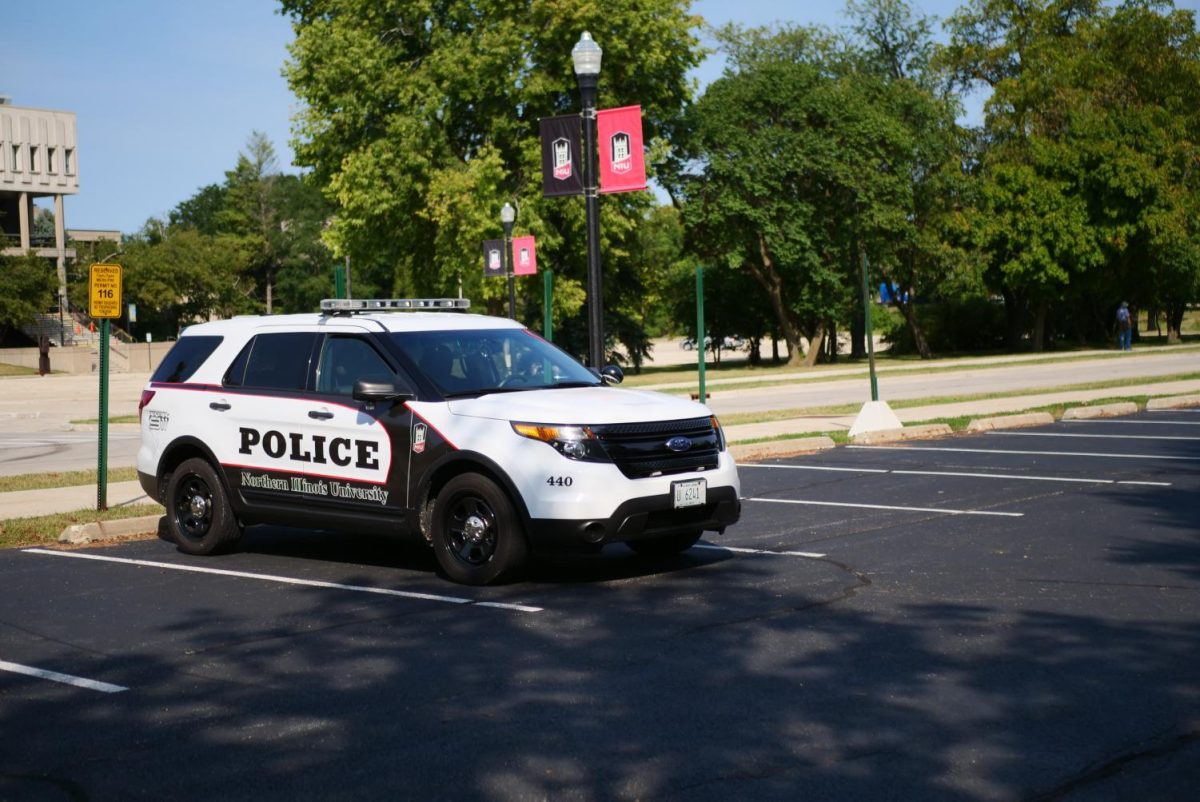DeKALB – When understanding the study of another species, all facets must be explored, even those that may make people feel … well, uncomfortable.
Anthropology 441, Sexual Selection in Primates, studies the biology and behavior of primates’ ability to reproduce. The class, taught by Professor Leila Porter, chair of the anthropology department, gives students insight to how this study can assist conservation efforts and understand primate species.
Rather than looking into the natural selection traits a species develops to survive, the course studies the specific traits that a species develops to better their chances of having sex. This includes finding a mate, reproducing and caring for their offspring.
The class focuses on analyzing hypotheses on the behavior and anatomy primates developed to ensure their chances of having sex. The factors that are explored include the specific traits that primate species developed, the commonality of those traits and the success rate for ensuring reproduction.
“Most of the time, we’re not actually talking about the act of sex, but rather, sort of what strategies are you using to get offspring, right?” Porter said. “So most of the class we’re thinking about how many offspring does an individual have in their life based on the strategies that they’ve adopted. We don’t just go to class and watch videos.”
An example of one of these strategies is aggression in a species leading to the ability to reproduce. While some spider monkey males exhibit aggression to secure a mate, muriqui monkeys are not as aggressive. Instead, a group of male muriquis will copulate with one female and compete to see which one impregnates the female, Porter said.
Students read two or more assigned articles a week on primate hypothesis studies and have an in-depth discussion.
During the course, students are expected to write two research papers on a primate species of their choice. The research includes a study into a primate species’ social organization and how that species raises its young.
“Each student kind of becomes an expert on at least one primate during the class, and then they can use that as an example as we’re talking about different other topics,” Porter said.
While the class has some environmental studies and biology majors, most of the students are undergraduate or graduate students studying anthropology, Porter said.
Knowledge of sexual selection in primates assists those looking to become anthropology professors and zookeeping fields of work. Knowledge of sexual selection is also beneficial to conservation work.
As more primate habitat dwindles due to human expansion, primates’ living spaces are becoming smaller, with some species coming under the threat of extinction, Porter said.
“Understanding their reproductive strategies and their social organization, that’s going to be pretty key to trying to understand how well they’re going to survive these types of habitat loss,” Porter said.
Edgar Villeda, a graduate anthropology student, chose the class believing it would help round out his understanding of primates and conservation.
“You’re trying to understand how the behavior of the primate correlates to how they’re doing in a sense of what’s in their environment,” Villeda said. “And many times, there are other dynamics at play, and it could include sexual dynamics, and I feel like these things are a little bit overlooked.”
The topics can be human-centric too, as class discussions tend to relate back to human behaviors and biology.
Humans’ closest genetically-related species are bonobos and chimpanzees, who have behaviors similar to those of humans, Porter said. Chimpanzees are patriarchal and form alliances with one another to aggressively defend their territory. Meanwhile, bonobo societies are female-dominated, using diplomacy to form alliances and delegate tasks.
“We (humans) can be very aggressive, but we can also be highly cooperative,” Porter said. “So we are, in some ways, have our own unique social behavior, but it has parallels in both those other ape species.”














